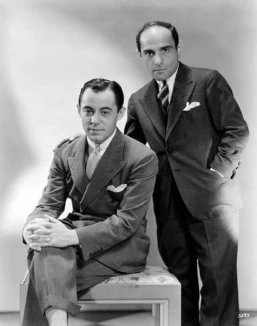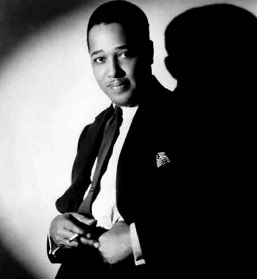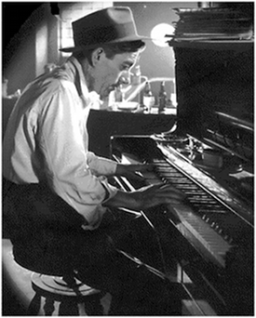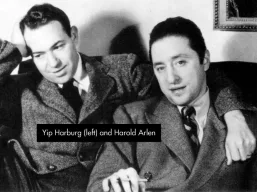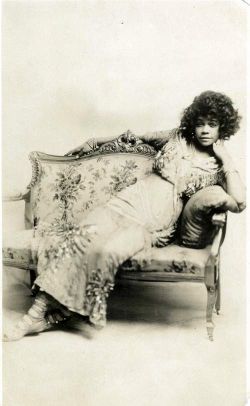Bésame mucho
_____________________
page originally published on 23 May 2011; latest edit: 18 July 2022
_____________________
Bésame mucho (Consuelo Velázquez)
Consuelo Velázquez: excerpts from the biography at AllMusic.com by Jason Ankeny
Born…in Ciudad Guzmán, Mexico, Velázquez began teaching herself piano at the age of four, two years later making her public debut at the Academy in Serratos. After studying at the National Conservatory, in 1938 she was received as a concert pianist at Mexico City’s Palace of Fine Arts, that same year making her film debut in Noches de Carnaval. Velázquez also began performing on radio, then considered a scandalous prospect for any young Mexican woman of virtuous standing. As a result, she worked under a series of male pseudonyms, often playing the original songs she composed at night. Working in the idiom of the Cuban bolero, she wrote “Besame Mucho” in 1941.
First recorded that same year by Emilio Tuero, the heartfelt and sweetly innocent ode to the kiss became a hit on Mexican radio but earned its shot at immortality thanks to a dispute between American broadcasters and the performing rights association ASCAP, which was demanding higher royalty fees for its members. Rival organization BMI sought to fill the gap with songs written outside the U.S., handing “Besame Mucho” to lyricist Sunny Skylar for an English-language rewrite. Although the first American recording was by Andy Russell, “Besame Mucho” truly entered the popular consciousness in 1943, when it was a million-selling chart-topper for Jimmy Dorsey & His Orchestra along with featured vocalists Kitty Kallen and Bob Eberle.
___________________
According to the Wikipedia page on “Bésame mucho,” Velázquez claimed that she wrote the song before she had ever been kissed. For the composition of the song, according to Wikipedia, Velázquez drew inspiration from the aria “Quejas, o la Maja y el Ruiseñor,” the fourth of the six part suite for piano Goyescas (1911) by Enrique Granados. The piece is also referred to as Goyescas No. 4.
The Wikipedia page on Consuelo Velázquez questions the official birthdate given in her obituary, August 21, 1916, stating:
According to her obituary, she was 88 years old when she died [in 2005]. Most music resources, however, list her birth date as August 29, 1924, in Ciudad Guzmán, state of Jalisco, Mexico.
The later birth date would make her about 14 years old when in 1938 she was “received as a concert pianist at Mexico City’s Palace of Fine Arts” and made her film debut in the same year, 16 years old when “Bésame mucho” was written, and 80 at her death on 22 January 2005.
Enrique Granados (extract from the Wikipedia profile)
 He was born in Lleida, Spain, the son of Calixto Granados, an army captain, and Enriqueta Campiña. As a young man he studied piano in Barcelona, where his teachers included Francisco Jurnet and Joan Baptista Pujol. In 1887 he went to Paris to study. He was unable to become a student at the Paris Conservatoire, but was able to take private lessons with a conservatoire professor, Charles-Wilfrid de Bériot, whose mother, the famed soprano Maria Malibran, was of Spanish ancestry. Bériot insisted on extreme refinement in tone production, which strongly influenced Granados’s own teaching of pedal technique. He also fostered Granados’s abilities in imrpovisation.[1] Just as important were his studies with Felip Pedrell. He returned to Barcelona in 1889. His first successes were at the end of the 1890s, with the zarzuela Maria del Carmen, which earned the attention of King Alfonso XIII.
He was born in Lleida, Spain, the son of Calixto Granados, an army captain, and Enriqueta Campiña. As a young man he studied piano in Barcelona, where his teachers included Francisco Jurnet and Joan Baptista Pujol. In 1887 he went to Paris to study. He was unable to become a student at the Paris Conservatoire, but was able to take private lessons with a conservatoire professor, Charles-Wilfrid de Bériot, whose mother, the famed soprano Maria Malibran, was of Spanish ancestry. Bériot insisted on extreme refinement in tone production, which strongly influenced Granados’s own teaching of pedal technique. He also fostered Granados’s abilities in imrpovisation.[1] Just as important were his studies with Felip Pedrell. He returned to Barcelona in 1889. His first successes were at the end of the 1890s, with the zarzuela Maria del Carmen, which earned the attention of King Alfonso XIII.
In 1911 Granados premiered his suite for piano Goyescas, which became his most famous work. It is a set of six pieces based on paintings of Goya. Such was the success of this work that he was encouraged to expand it; he wrote an opera based on the subject in 1914, but the outbreak of World War I forced the European premiere to be canceled. It was performed for the first time in New York City on 28 January 1916, and was very well received.
Quejos, o la Maja y el Ruiseñor
Alicia Larrocha – date unknown
.
Arthur Rubenstein, 1954
.
Slide show: photographs of Enrique Granados — performer unknown, undated
.
Bésame mucho
Emilio Tuero – 1941
.
Andy Russell – recorded 17 December 1943 version. Released in 1944, it entered the Billboard best-selling record chart (top 100) and remained on the chart for five weeks, peaking at #10.
Vodpod videos no longer available..
Tino Rossi – 1945
.
Pedro Infante – in the film A Toda Máquina (1951). Wikipedia reports that this was “the only melody that he recorded in English.”
.
Artie Shaw and his Gramercy Five – 1953 — Artie Shaw: clarinet, Tal Farlow: guitar, Joe Roland: vibraphone, Irv Kluger: drums, Hank Jones: piano, and Tommy Potter: double bass. The track which follows is a recording by the same band of the Shaw composition Stop and Go Mambo, 1954. It was the B-side to the single Tenderly.
.
Wes Montgomery – on the album Boss Guitar, recorded 22 April 1963
- Wes Montgomery – guitar
- Melvin Rhyne – organ
- Jimmy Cobb – drums
.
Trio Los Panchos – date unknown
.
Gonzalo Rubalcaba from the 1991 album The Blessing, on Blue Note Records — Rubalcaba: piano, Charlie Haden: bass, and Jack DeJohnette: drums
.
João Gilberto e Caetano Veloso en Buenos Aires, 2000
.
Rosa Passos – date unknown
___________________
 Bésame, bésame mucho,
Bésame, bésame mucho,
Como si fuera esta noche la última vez
Bésame, bésame mucho,
Que tengo miedo perderte, perderte después
Querio tenerte muy cerca,
Mirarme en tus ojos, verte junto a mí
Piensa que tal vez mañana
Yo ya estaré lejos, muy lejos de tí
Bésame, bésame mucho,
Como si fuera esta noche la última vez
Bésame, bésame mucho,
Que tengo miedo perderte, perderte después*
____________________
*Many versions have “perderte otra vez” instead of the original “perderte despues” in the final line.


















